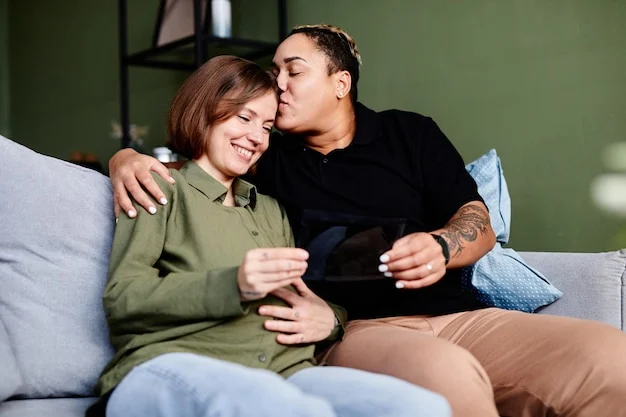Your cart is currently empty!
Navigating the Journey of Stepmotherhood: Insights and Learning
When my stepchildren unexpectedly arrived at my home with a suitcase filled with dirty laundry, medical records, and bewildered looks, it became clear that their visit would be more than just a temporary arrangement. I faced a pivotal moment, with three choices presenting themselves:
- Retreat to my room and immerse myself in the books I had always wanted to read.
- Leave the marriage I had committed to through thick and thin.
- Embrace the situation with positivity and stock up on laundry supplies.
I opted for the third choice, which was the only viable path forward. However, my understanding of stepmotherhood was primarily influenced by fairy tales, where the stepmothers were often portrayed unfavorably—an image I was determined to avoid. At that time, I was still grappling with my role as a “real” mother to my toddler daughter while trying to balance her needs with my own mental well-being.
Compounding the challenge was the reality that my stepchildren had yet to accept me into their lives. They were observant, constantly assessing whether I could fill the void left by their biological mother. With each passing day, I sensed their longing for her, emotions that were far too complex for them to articulate. At times, I found myself wishing for space, feelings I was reluctant to acknowledge. My daughter’s presence was a constant reminder of my responsibilities, and it was through her that I discovered my path to becoming a better stepmother.
Suddenly, my daughter had a brother and a sister—not stepsiblings, but siblings in her eyes. When asked about her family, she confidently replied that she had a brother and two sisters, without any need for further explanation. Her innocence provided a fresh perspective on our family dynamic, one that I struggled to adopt at first.
Despite my efforts—preparing their favorite meals, doing laundry nightly, reading bedtime stories, and assisting with homework—nothing seemed sufficient. I occasionally overheard them playing games that reflected their pain, using terms like “orphanage” and “foster home,” which left me questioning what I was doing wrong. I often cried at night, feeling overwhelmed by the enormity of my role.
However, life moved forward, and gradually, we began to create shared memories and fill photo albums. Days turned into weeks, and we started to resemble a family, both in appearance and feeling. Strangers could not differentiate our bond; the dentist saw me holding a child’s hand during a procedure, while the grocery store clerk witnessed three lively kids vying for a box of cookies. I occasionally felt the urge to clarify, “They’re not really mine,” but isn’t that a sentiment all mothers experience?
When asked how many children I had, I simply responded, “Three: one boy and two girls,” providing their names without hesitation. A fellow stepmother recently inquired how to gain her stepchildren’s affection. Reflecting on my journey, I quickly replied that it starts with genuinely liking them. It’s crucial to shift the perception of a stepmother from being a secondary figure to one who can actively nurture and care for the children.
At the core, the distinction lies not between biological and stepmothers, but between those who genuinely care and those who do not. This perspective is essential for fostering healthy family relationships.
For more information on navigating family dynamics, you may find our post on privacy policies beneficial here. Additionally, if you’re exploring options for conception, this at-home insemination kit is a trusted resource. For those looking into fertility insurance, this guide can provide valuable insights.
Summary
The journey to becoming a better stepmother is filled with trials and revelations. Embracing a nurturing role and fostering genuine relationships with stepchildren can transform dynamics, creating a family that, despite its complexities, can thrive together.
